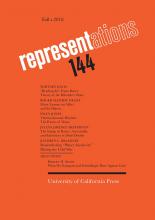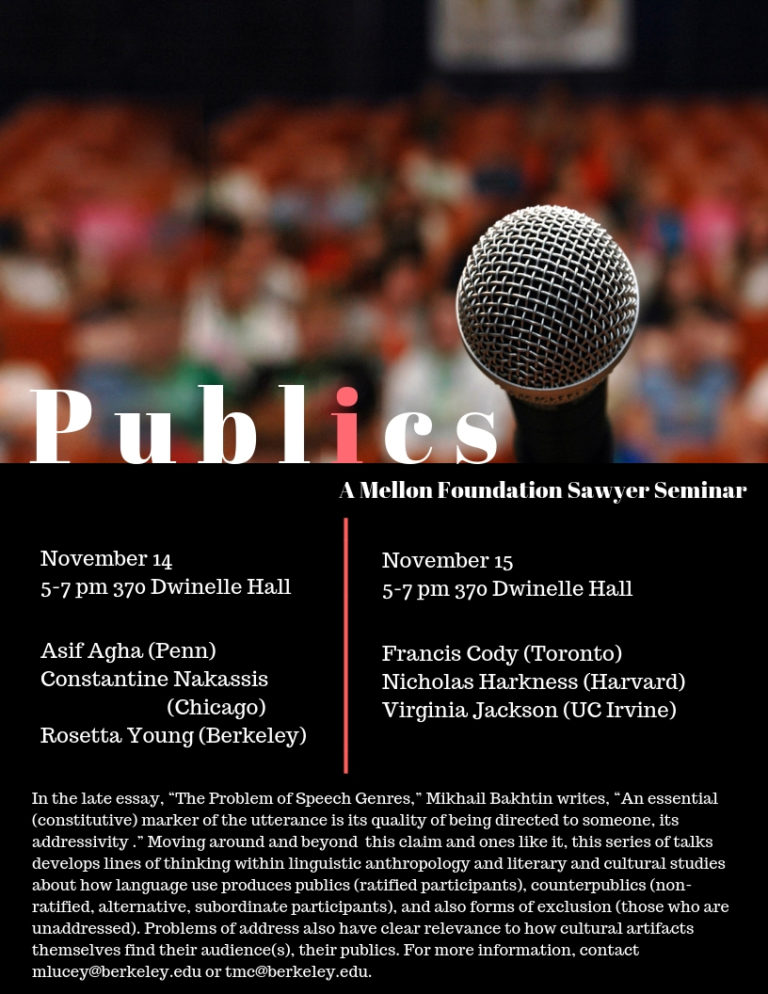Remembering “Planet Auschwitz” During the Cold War
by Kathryn L. Brackney
The essay begins:
In the summer of 1961, Auschwitz survivor and author Yehiel Dinur, who wrote under the pseudonym Ka-Tzetnik 135633, took the witness stand at the trial of Adolf Eichmann. Since the end of the war, Dinur had published several novels describing his experiences during the Holocaust. The first, Salamandra, written while the author was living in a displaced persons camp in Italy, takes its name from a mythical, lizard-like creature capable of surviving exposure to fire. His second book, the graphic and controversial House of Dolls, was published in 1953 and remains one of the most widely circulated novels written in Hebrew about the genocide of Europe’s Jews. When asked at the Eichmann trial why he chose to publish under the name Ka-Tzetnik, the witness presented himself as a kind of mystic-anthropologist back from a world he called “the Auschwitz planet” with its own inhabitants, atmosphere, and natural laws. The name, he explained, “is not a pen name.”
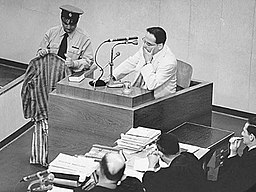
Yehiel Dinur Katzetnik, a prosecution witness at the trial of Nazi war criminal Adolf Eichmann, at Beit Ha’am in Jerusalem.
I do not regard myself as a writer writing literature. This is actually a history of the Auschwitz planet, the chronicles of Auschwitz. I myself was at the Auschwitz camp for two years. The time there is not a concept as it is here on our planet. Every fraction of a second has a different wheel of time. And the inhabitants of that planet had no names. They had no parents and they had no children. They were not clothed as we are clothed here. They were not born there and they did not conceive there. They breathed and lived according to different laws of nature. They did not live according to the laws of this world of ours, and they did not die. Their name was a number, “Ka-Tzetnik” number so-and-so.
Referring to a prison uniform exhibited as evidence, he went on to declare,
This is the garb of those who lived on this planet called Auschwitz. And I believe wholeheartedly that I must carry this name as long as the world will not awaken after the crucifying of a nation to erase this evil. As humanity has arisen after the crucifixion of one man, I believe wholeheartedly that just as in astrology the stars influence our destiny, so is this planet of the ashes, Auschwitz, facing our planet, and influencing, radiating toward our planet.
Dinur’s agitation and tendency to speak in a highly symbolic register made his story untellable within the confines of the courtroom. After the judges urged the witness to focus on the questions posed to him by the attorney general, Dinur lost consciousness and had to be carried from the stand. To many spectators in the court and audiences following the proceedings on radio and television, his collapse was a devastating shock; ultimately it would become the most remembered moment of the trial. In The Juridical Unconscious, Shoshana Felman has argued that Dinur’s inability to describe his past serves as a testament to the trauma that constitutes the heart of the law. Though his testimony failed to produce evidence viable for the court, history still “uncannily and powerfully speaks” through the very collapse of the witness’s body.
Because Dinur’s silence seems the most fitting testimony to the nightmare he tried to describe, it is tempting to gloss over the words he was able to say as a mere prelude. Today, the vulnerable and all too human witness who fails to convey a trauma that still haunts him seems the more appropriate figure of memory than the alien “Auschwitz planet” that radiates toward Earth on a different wheel of time. The mix of symbolic systems that the author referenced to make meaning of the past and comment on the destiny of humankind may come off to contemporary readers as confused and even offensive, and, outside of the courtroom, Dinur’s books have been criticized as kitsch and pornography.
Yet Dinur was not the only public figure to draw on such metaphors to describe Jewish persecution in the broader “univers concentrationnaire.” Otherworldly descriptions of victims at Auschwitz appear early in Dinur’s postwar novels, and in his later work, such as the novella Star Eternal (1966), he revisited the topography of “Planet Auschwitz” in increasingly surreal terms. Omer Bartov has argued that in the early decades after World War II this language of otherworldliness spoke to the deep ambivalence that many Israelis felt about the compatibility of Jewish victimization with nationalist identity. Outside of Israel, as the Holocaust became differentiated from other crimes of fascism in the wake of international coverage of the Eichmann trial, artists and authors in Western Europe and North America also frequently figured Auschwitz as an alien world at the limits of modernity. Implicit in these works are questions not just about the inclusion of survivors in the nation but also about how to restore anyone touched by the Holocaust into the category of the human—and what “Planet Auschwitz” might reveal about the evolution of mankind. Through the 1960s and 1970s, authors and artists from Primo Levi to Stephen Spielberg evoked the memory of the Holocaust together with meditations on life beyond earth, using “Planet Auschwitz” as a vehicle for reimagining the status of humanity in the shadow of an other somewhere “out there.” In philosophy, Hannah Arendt characterized both totalitarianism and space travel as dangerous abstractions of man, while Emmanuel Levinas celebrated the technological capacity to escape earth’s atmosphere as consistent with a particularly Jewish conception of humanity, not rooted in blood and soil. With strange frequency during this stretch of the Cold War, Jewish identity, racial violence, and the penetration of the cosmos were thought together in sources that cannot all be dismissed as kitsch.
Most of these materials have not endured in the canons of art and literature of Holocaust memory. This is partly because the figure of “Planet Auschwitz” reflects a set of cultural intuitions anathema to many of us now. In 1978, the release of NBC’s miniseries Holocaust in the United States and abroad and the President’s Commission on the Holocaust renewed public attention to the experience of victims and provoked debates about representing the past. In 1979, the Holocaust Survivors Film Project gave survivors themselves a highly intimate format for narrating their own stories: video testimony. (That project was the basis of Yale’s Fortunoff Video Archive for Holocaust Testimony, which was founded in 1981.) In his extraordinary documentary art film Shoah, journalist Claude Lanzmann also relied on personal interviews, overlaying the oral testimony of survivors, bystanders, and perpetrators onto contemporary shots of empty extermination sites. Lanzmann’s refusal to circulate archival footage of murdered Jewish victims and his pairing of the graphic word with the barren image became highly influential in broader debates about appropriate aesthetic approaches to the Holocaust. Authors and critics from Theodor Adorno to Elie Wiesel had long characterized the Holocaust as presenting fundamental problems to poetry and literature, but in the 1980s and 1990s, the limits of representation as such were a major preoccupation for the French and American academies. Even as depictions of the Holocaust markedly increased, the conventions of its representation narrowed and became highly articulated. As a result, the most widely respected literature, art, and memorials to the Holocaust today tend to resist allegory or catharsis and either focus on personal portraits of victims or emphasize absence through the use of visual minimalism.
My aim here is to analyze a wider range of representational strategies and associative matrices that, for better or worse, also shaped how the Holocaust was remembered before such conventions became predominant. In debates about the documentary value of Shoah over the sentimental realism of Schindler’s List, or the virtues of abstraction over figuration in memorial design, how are we to understand literature and art that does not fit neatly onto the axes of realism or that addresses philosophical questions other than the ethics of representation. Taken together, the literary, legal, and film sources examined in this article can be understood as an alternative pattern of Holocaust representation particularly common before the 1980s. Before the Holocaust became an unimaginable trauma recounted by witnesses in quiet interviews in their homes, its memory was staged elsewhere. Outside of the intimate frames of documentary testimony, those who survived Auschwitz often appeared to be from an entirely different world. The sources in this essay reveal that in the early years of international Holocaust consciousness, Jewish victims and Nazi perpetrators emerged in the shadow of the Cold War as figures of identification somewhere between human and other, inhabiting a region imagined as both a distant and an inevitable destination in the evolution of mankind. In the two decades following the Eichmann trial, memory of Europe’s murdered Jewish populations, ongoing racial violence in the postcolonial world, and the penetration of the “final frontier” became overlapping sites of critical speculation about the nature of modernity and what it means to be a human being. (Continue reading … )
During one of the most famous moments of the trial of Adolf Eichmann, author and Holocaust survivor Yehiel Dinur took the witness stand in the summer of 1961 to deliver a brief and enigmatic testimony about what he termed “the Auschwitz planet.” Over the next two decades, as international Holocaust consciousness re-emerged in the shadow of the Cold War, writers, thinkers, and filmmakers would elaborate on the topography of “Planet Auschwitz,” figuring the Holocaust as an alien world at the limits of modernity. Drawing on a number of sources not always included in canons of art and theory of Holocaust memory, this article shows how the genocide of Europe’s Jews, ongoing global racial conflicts, and the penetration of the “final frontier” became overlapping sites of philosophical speculation during the 1960s and 1970s about the nature of modernity and what it means to be a human being.
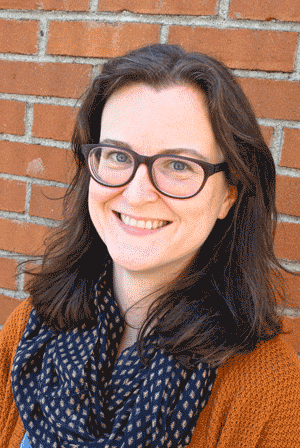 KATHRYN L. BRACKNEY is a research fellow at the Vienna Wiesenthal Institute for Holocaust Studies and a doctoral candidate at Yale University, where she works in the field of modern European intellectual and cultural history.
KATHRYN L. BRACKNEY is a research fellow at the Vienna Wiesenthal Institute for Holocaust Studies and a doctoral candidate at Yale University, where she works in the field of modern European intellectual and cultural history.

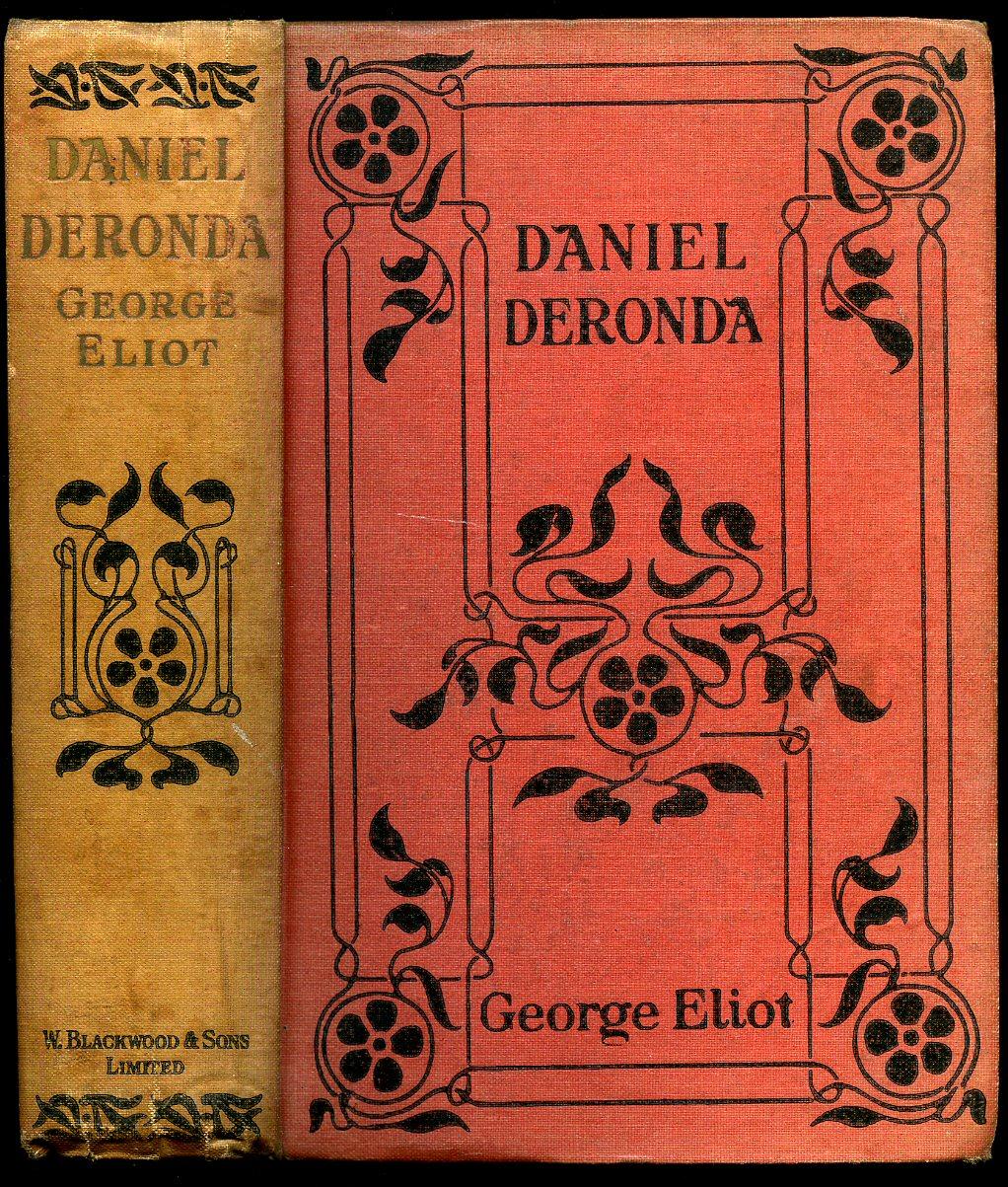 In chapter 40 of George Eliot’s Daniel Deronda we learn that the title character’s “more exquisite” quality lies in his “keenly perceptive sympathetic emotiveness,” his “profound sensibility to a cry from the depths of another.” Earlier on, Deronda is said to have “the stamp of rarity in a subdued fervor of sympathy, an activity of imagination on behalf of others” (178). This is not a casual trope. Deronda is extolled for being “receptive instead of superciliously prejudging,” and “receptiveness” is described as “a rare and massive power” (492). The terms rare and rarity recur in the novel, denoting what is very uncommon or unusually fine. As a modifier, rare is almost invariably paired with the nouns of Jewish singularity—moral “receptiveness” (496), vocal-physiognomic “perfection,” verbal “quality” (809), and “visionary excitement” (513). By the time Gwendolen realizes that her feelings have turned Daniel “into a sort of trust less rare than the fidelity that guards it” (430), the suggestion that moral redemption presupposes rarity is simply overbearing. The rationale of the polysemy is catachrestic because scarcity connotes value. The rare item is precious because its limited currency eludes the wider circulation of commodified objects and persons in liberal-capitalist society:
In chapter 40 of George Eliot’s Daniel Deronda we learn that the title character’s “more exquisite” quality lies in his “keenly perceptive sympathetic emotiveness,” his “profound sensibility to a cry from the depths of another.” Earlier on, Deronda is said to have “the stamp of rarity in a subdued fervor of sympathy, an activity of imagination on behalf of others” (178). This is not a casual trope. Deronda is extolled for being “receptive instead of superciliously prejudging,” and “receptiveness” is described as “a rare and massive power” (492). The terms rare and rarity recur in the novel, denoting what is very uncommon or unusually fine. As a modifier, rare is almost invariably paired with the nouns of Jewish singularity—moral “receptiveness” (496), vocal-physiognomic “perfection,” verbal “quality” (809), and “visionary excitement” (513). By the time Gwendolen realizes that her feelings have turned Daniel “into a sort of trust less rare than the fidelity that guards it” (430), the suggestion that moral redemption presupposes rarity is simply overbearing. The rationale of the polysemy is catachrestic because scarcity connotes value. The rare item is precious because its limited currency eludes the wider circulation of commodified objects and persons in liberal-capitalist society: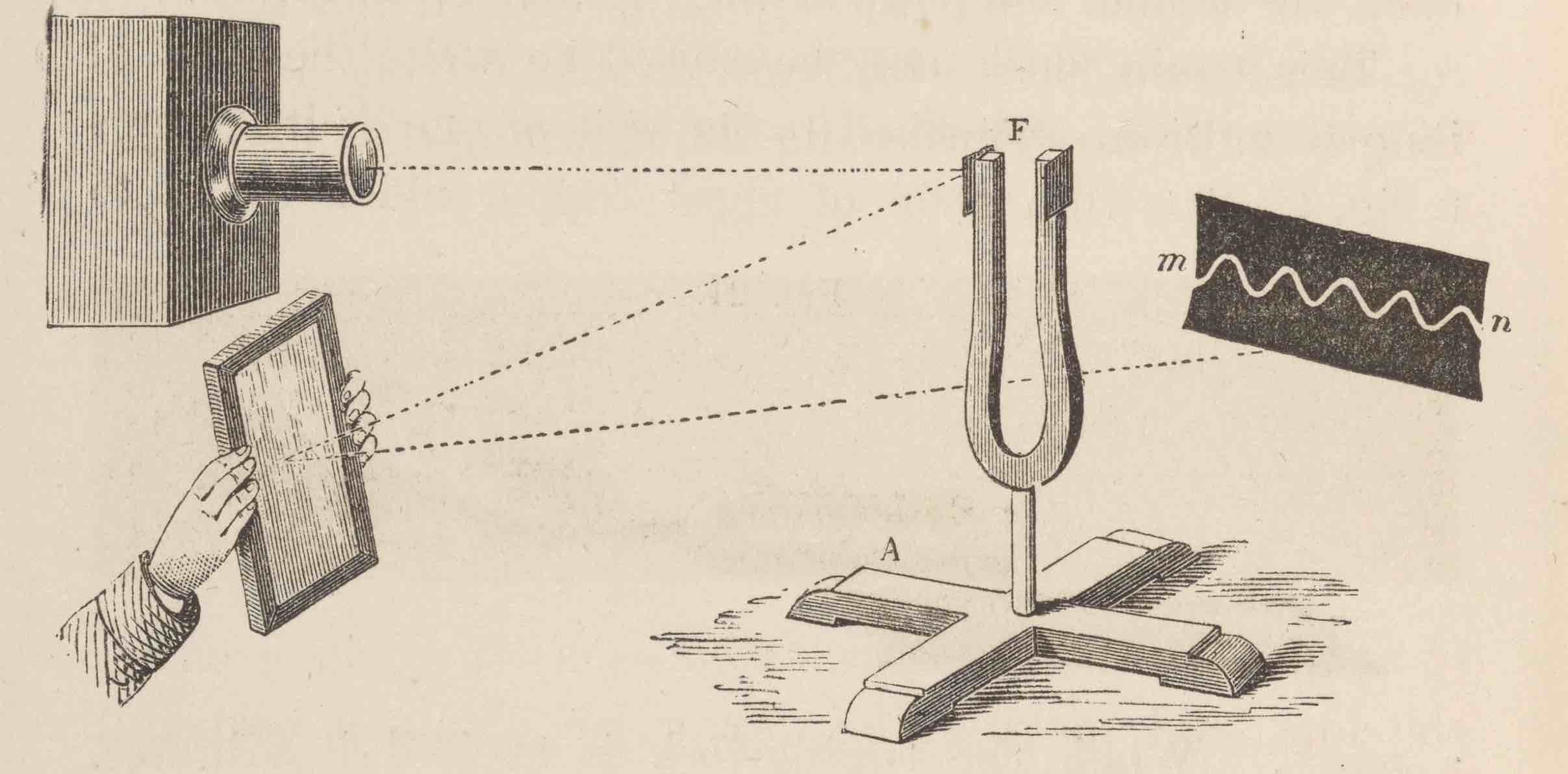
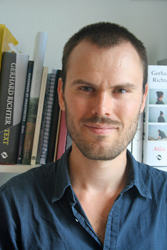 EWAN JONES
EWAN JONES “It is with a certain trepidation that I broach the topic of Buddhism and quantum physics,” writes Buddhist scholar Robert H. Sharf in the “
“It is with a certain trepidation that I broach the topic of Buddhism and quantum physics,” writes Buddhist scholar Robert H. Sharf in the “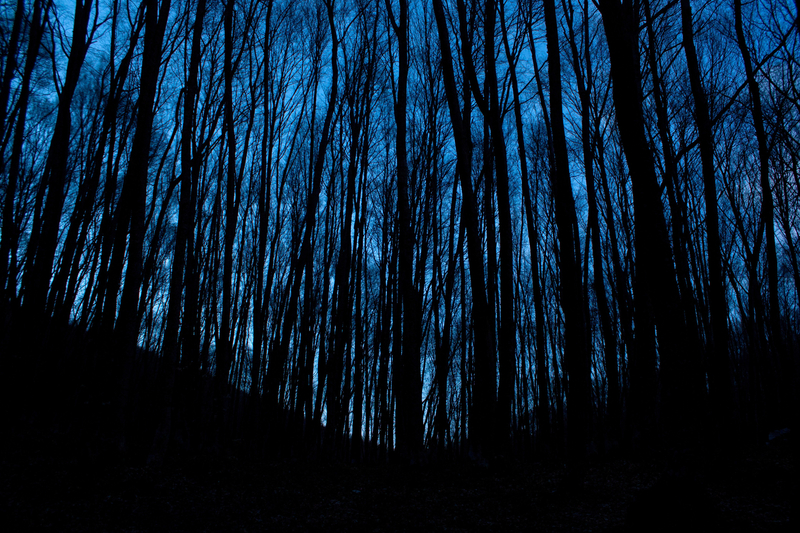 I had been spending some time in the country there, and on quiet nights with moderate winds I used distinctly to hear long, held tones, which would begin to resemble a deep, subdued organ pipe, then also the vibrations from the ringing of a muffled bell. I often could discern precisely the deep F and the striking C a fifth above it, and often even the E-flat a minor third above that also sounded, so that this piercing seventh chord, in the tones of the deepest lamentations, filled my chest with an innermost penetrating melancholy, and even horror.
I had been spending some time in the country there, and on quiet nights with moderate winds I used distinctly to hear long, held tones, which would begin to resemble a deep, subdued organ pipe, then also the vibrations from the ringing of a muffled bell. I often could discern precisely the deep F and the striking C a fifth above it, and often even the E-flat a minor third above that also sounded, so that this piercing seventh chord, in the tones of the deepest lamentations, filled my chest with an innermost penetrating melancholy, and even horror.
 The prize jury praised the essay, calling it “highly innovative in its approach to the interpretation of a famously problematic episode in the career of Aleksandr Rodchenko: the work produced during his visit to the White Sea-Baltic Canal, one of the first Soviet forced labor camps, in the early 1930s.”
The prize jury praised the essay, calling it “highly innovative in its approach to the interpretation of a famously problematic episode in the career of Aleksandr Rodchenko: the work produced during his visit to the White Sea-Baltic Canal, one of the first Soviet forced labor camps, in the early 1930s.”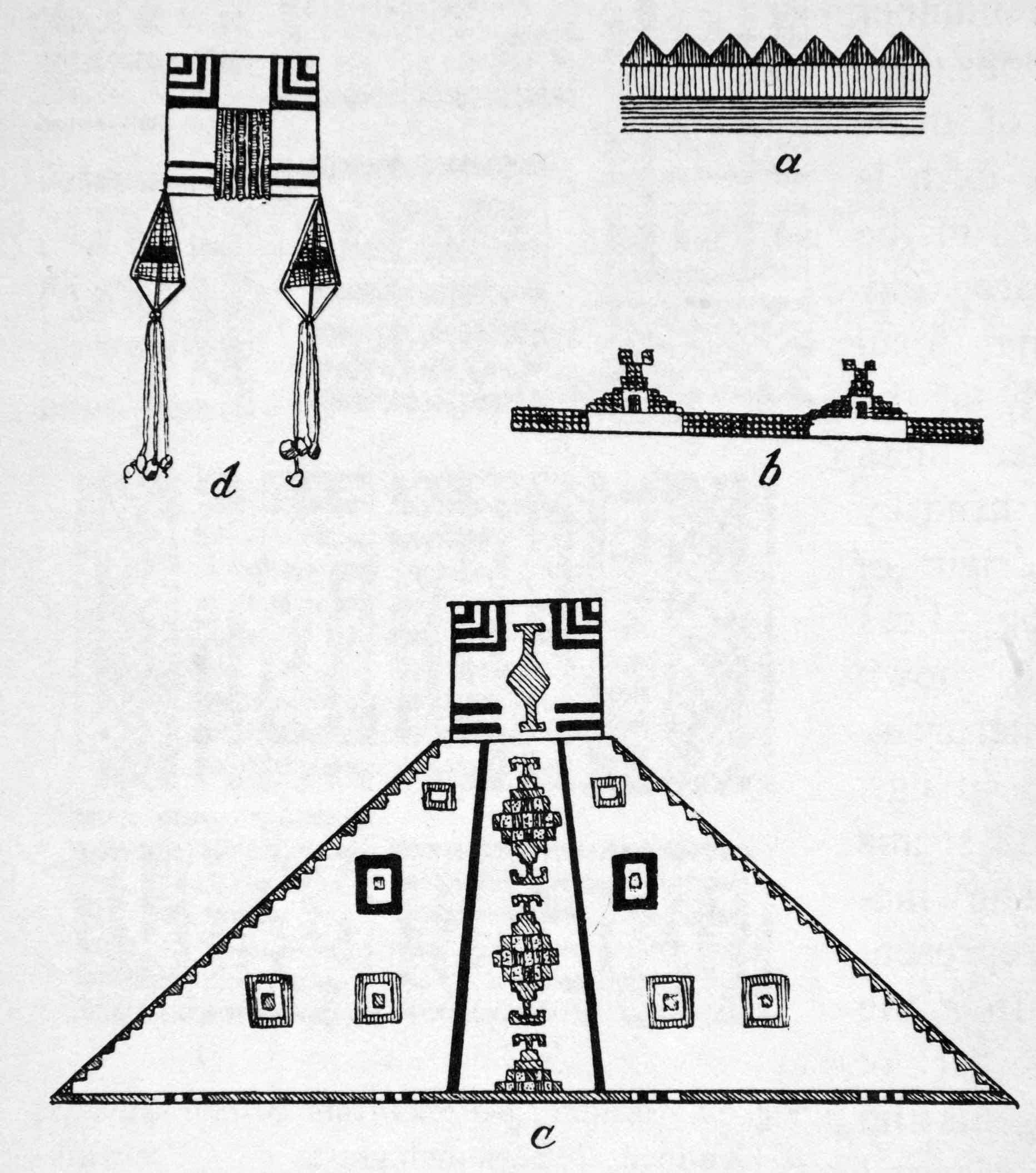 Franz Boas (d. 1942) was born into an educated Jewish family in Westphalia in 1858; by 1888, at the age of thirty, he had settled permanently in the United States, in New York City. Today Boas is perhaps best known for his lifelong critiques of racialist theory and its concomitants in anti-Semitism and Nazism. He broadcast his arguments indefatigably from Columbia University (where he taught from 1899 until his death) into the public forum; one such statement was his memorable 1924 letter to the New York Times, “Lo, the Poor Nordic!,” in which he set out to refute Henry Fairfield Osborn (chief paleontologist at the American Museum of Natural History), who was advocating the innate superiority of the “Nordic race.” By the 1920s, the German-Jewish immigrant Boas was writing with immense authority as one of the internationally recognized founders of American anthropology—that is, both of Americanist anthropology and of anthropology in North America (the United States and Canada; Boas did much of his fieldwork in the latter nation).
Franz Boas (d. 1942) was born into an educated Jewish family in Westphalia in 1858; by 1888, at the age of thirty, he had settled permanently in the United States, in New York City. Today Boas is perhaps best known for his lifelong critiques of racialist theory and its concomitants in anti-Semitism and Nazism. He broadcast his arguments indefatigably from Columbia University (where he taught from 1899 until his death) into the public forum; one such statement was his memorable 1924 letter to the New York Times, “Lo, the Poor Nordic!,” in which he set out to refute Henry Fairfield Osborn (chief paleontologist at the American Museum of Natural History), who was advocating the innate superiority of the “Nordic race.” By the 1920s, the German-Jewish immigrant Boas was writing with immense authority as one of the internationally recognized founders of American anthropology—that is, both of Americanist anthropology and of anthropology in North America (the United States and Canada; Boas did much of his fieldwork in the latter nation). WHITNEY DAVIS
WHITNEY DAVIS